Dances in Chile: Unveiling the National and Regional Dances Weaving Cultural Narratives Across the Andes, Pacific Coast, and Southern Lands
Introduction:
Chile, a country stretching from the towering peaks of the Andes to the expansive Pacific coastline, is a land enriched with cultural diversity and historical narratives. Its national and regional dances are vibrant expressions of this diversity, reflecting the amalgamation of indigenous, European, and mestizo influences. From the iconic Cueca to the soulful Chilotan dances, Chile’s dances narrate stories of resilience, celebration, and identity. This exploration aims to unravel the tapestry of Chilean national and regional dances, exploring their origins, characteristics, and cultural significance.
I. National Dances:
1.1 Cueca: The Heartbeat of Chilean Identity
Cueca, often regarded as the national dance of Chile, is a lively and dynamic expression of the nation’s identity. With roots in Spanish colonial times and influences from indigenous Mapuche dance, Cueca tells a story of courtship and love through intricate footwork, handkerchief waving, and a playful interaction between male and female dancers. The dance varies across regions, with distinct styles such as Cueca Brava, Urban Cueca, and Cueca Chora, each reflecting the unique cultural nuances of its surroundings.
1.2 Huaso Dance: Celebrating Chilean Cowboy Tradition
The Huaso Dance, closely associated with Chilean cowboy (huaso) traditions, is a spirited and lively dance that pays homage to the rural heritage of the country. Dancers, adorned in traditional huaso attire, showcase their skillful horsemanship and perform energetic dances, often incorporating elements of Zapateo, a rhythmic footwork characteristic of Chilean folk dances. The Huaso Dance encapsulates the spirit of the Chilean countryside and its equestrian culture.
II. Regional Dances:
2.1 La Tirana: The Festive Dance of Northern Chile
La Tirana, originating in the northern regions of Chile, is a vibrant dance deeply rooted in religious celebrations. It is performed during the feast of La Tirana, dedicated to the Virgen del Carmen. The dance involves colorful costumes, intricate choreography, and a fusion of indigenous and Spanish influences. La Tirana is a festive expression that combines religious devotion with the celebration of cultural identity, reflecting the syncretism prevalent in Chilean culture.
2.2 Chiloé Dances: The Soulful Expressions of Southern Archipelago
The Chiloé Archipelago, situated in the southern reaches of Chile, boasts a unique set of dances that reflect the region’s maritime culture and mythology. Dances like the Pericona and the Trote Chilote showcase the distinctive footwork, costumes, and narrative elements associated with Chilotan traditions. These dances are a testament to the resilience of the Chilote people, who have preserved their cultural identity amidst the challenges of their isolated island existence.
2.3 Baile Religioso: Sacred Dances of Easter Island
Easter Island, known for its mysterious Moai statues, also has a rich tradition of sacred dances known as Baile Religioso. These dances are performed during religious ceremonies and celebrations, showcasing the Polynesian influences on the island’s culture. Dancers, adorned in traditional costumes, move to the rhythms of drum beats, connecting with the spiritual essence of Easter Island’s unique cultural heritage.
2.4 Cachimbo: The Energetic Dance of Central Chile
Cachimbo, originating in central Chile, is an energetic dance that celebrates the agricultural and rural traditions of the region. Dancers, often in pairs, engage in lively footwork, hand clapping, and rhythmic movements that mirror the festive atmosphere of rural celebrations. Cachimbo embodies the spirit of community and collective joy, reflecting the agricultural rhythms of central Chile.
2.5 Diablada Chilena: The Andean Spectacle of the Devil’s Dance
Diablada Chilena, an adaptation of the Bolivian Diablada, is a dramatic and visually striking dance that has found a home in the northern regions of Chile. The dance features elaborate costumes depicting demonic figures and angels, reflecting the ongoing battle between good and evil. Diablada Chilena is often performed during religious festivals and Carnaval, showcasing the fusion of Andean and Spanish influences in the dance.
III. Characteristics of Chilean Dances:
3.1 Cultural Fusion: Synthesis of Influences
Chilean dances are characterized by a rich synthesis of cultural influences, reflecting the country’s complex history. The European, indigenous, and mestizo elements blend seamlessly in dances like Cueca, creating a cultural mosaic that tells the tale of Chile’s diverse heritage.
3.2 Expressive Footwork: Rhythmic Conversations
Expressive footwork is a hallmark of many Chilean dances, with intricate steps and rhythmic movements that serve as a form of storytelling. The Zapateo in Huaso Dance, the energetic footwork in Cachimbo, and the symbolic steps in Cueca all contribute to a dynamic dialogue through movement, reflecting the energy and vitality of Chilean dance traditions.
3.3 Symbolic Costumes: Cultural Signifiers
Traditional costumes play a crucial role in Chilean dances, acting as cultural signifiers that communicate regional identities and historical narratives. From the vibrant attire of Cueca dancers to the elaborate costumes of Diablada Chilena, clothing serves as a visual representation of the cultural richness embedded in each dance.
3.4 Ritualistic Elements: Sacred Connections
Several Chilean dances retain ritualistic elements, forging a connection between the performers and sacred traditions. La Tirana’s association with religious celebrations, Chilotan dances reflecting maritime myths, and the sacred Baile Religioso of Easter Island all demonstrate the spiritual dimensions inherent in Chilean dance traditions.
3.5 Communal Celebration: Shared Joy and Identity
Chilean dances often serve as communal celebrations, fostering a sense of shared joy and identity. The communal Zapateo in Huaso Dance, the festive atmosphere of Cachimbo, and the collective expression in La Tirana all highlight the importance of dance as a cultural glue that binds communities together.
IV. Influences and Evolution:
4.1 Indigenous Heritage: Preserving Ancestral Traditions
Chilean dances often draw from indigenous traditions, serving as a means of preserving ancestral knowledge and cultural practices. The incorporation of Mapuche elements in Cueca and the Chilotan dances rooted in maritime mythology demonstrate the enduring influence of indigenous heritage.
4.2 European Contributions: Colonial Legacy
The European influence, particularly Spanish, is evident in many Chilean dances, shaping their choreography, musicality, and even attire. Cueca, with its courtship themes, reflects the Spanish colonial legacy, showcasing how European influences have become intertwined with Chilean cultural expressions.
4.3 Contemporary Expressions: Nurturing Tradition in the Modern Era
While deeply rooted in tradition, Chilean dances continue to evolve, adapting to contemporary contexts. Folkloric dance groups, cultural institutions, and artists contribute to the revitalization of traditional dances, ensuring their relevance and accessibility to new generations. Contemporary expressions often blend traditional elements with modern aesthetics, reflecting the dynamic nature of Chilean culture.
V. Conclusion:
Chile’s national and regional dances create a vibrant tapestry that reflects the country’s cultural richness, geographical diversity, and historical journey. From the spirited Zapateo of Huaso Dance to the mythical narratives of Chilotan dances and the sacred rhythms of Easter Island, each dance encapsulates a unique facet of Chilean identity.
As Chile continues to evolve, its dances adapt to changing times while holding steadfast to the roots embedded in centuries-old traditions. The dance tales of Chile are a testament to the resilience of its indigenous, European, and mestizo influences, inviting people to explore the stories, rhythms, and cultural expressions that define the nation. Through each movement, costume, and beat, Chile’s dances endure as living expressions of a rich and diverse cultural legacy, inviting the world to join in the celebration of its rhythmic narratives.


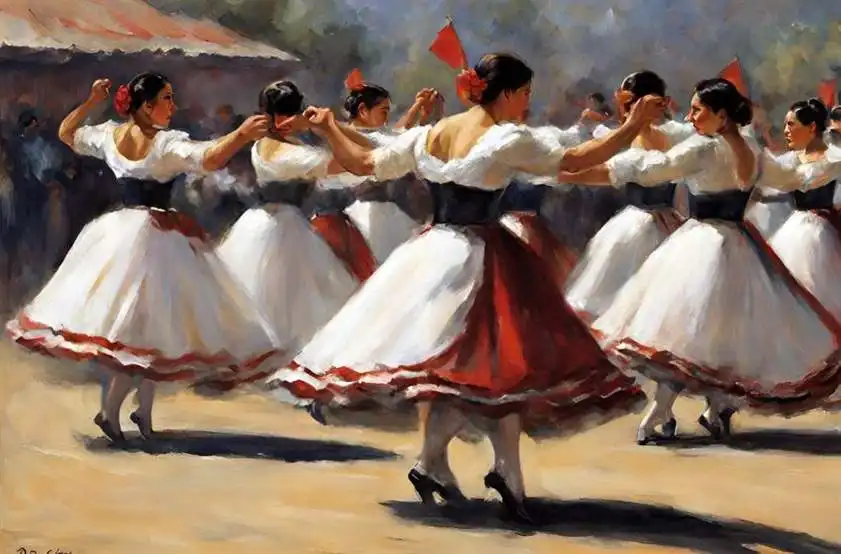
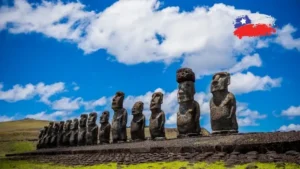
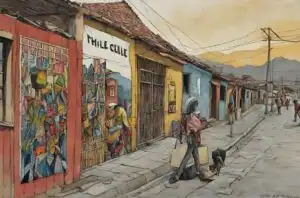
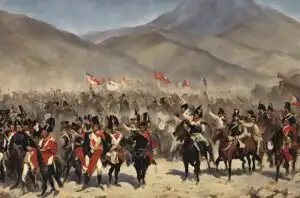



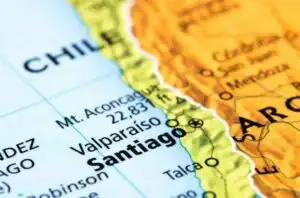


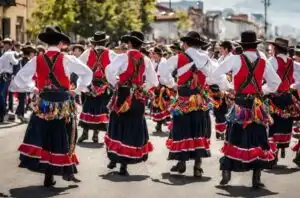



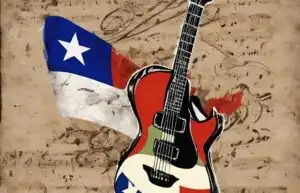
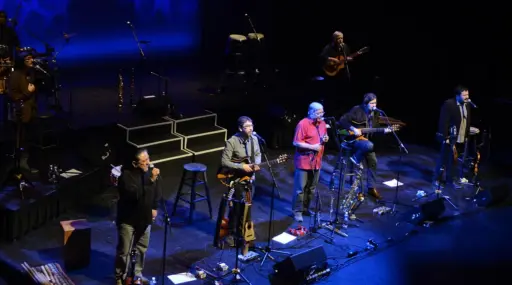
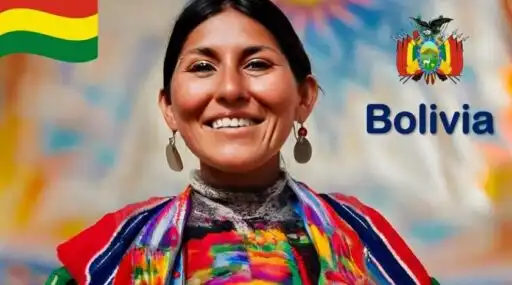
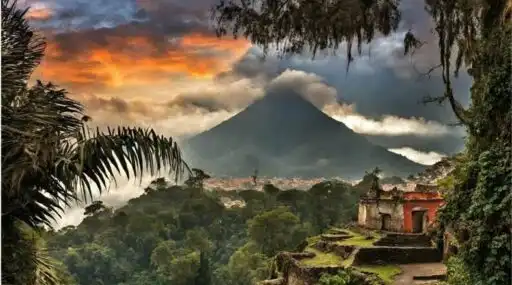



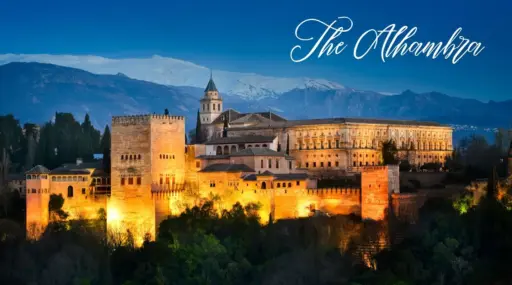
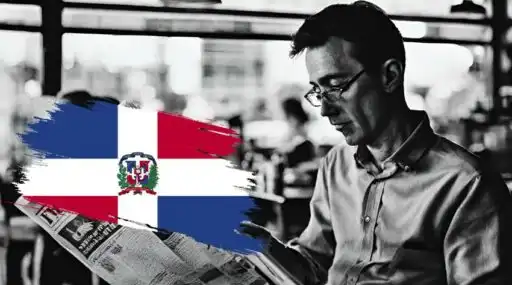
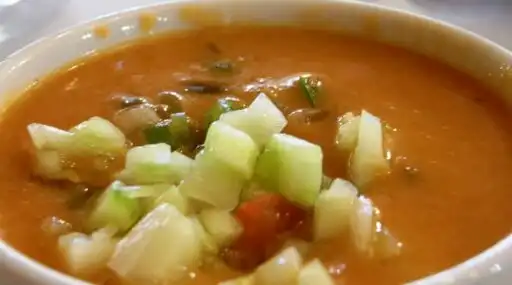
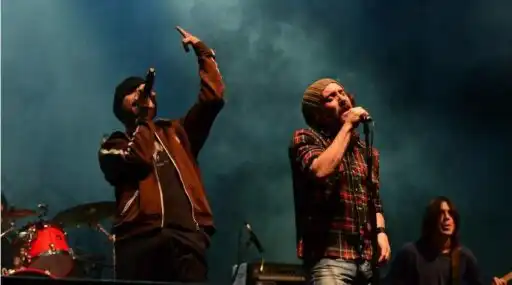

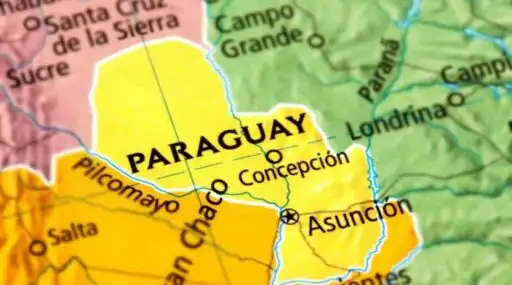


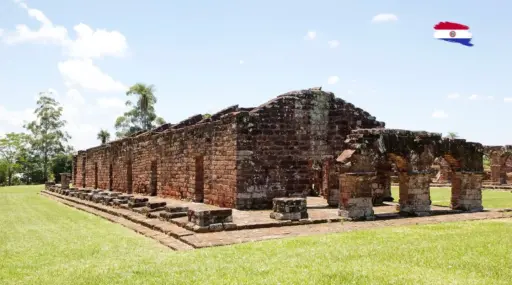

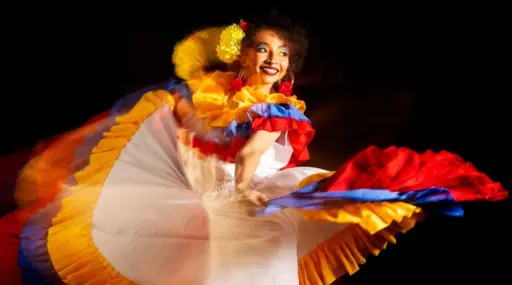

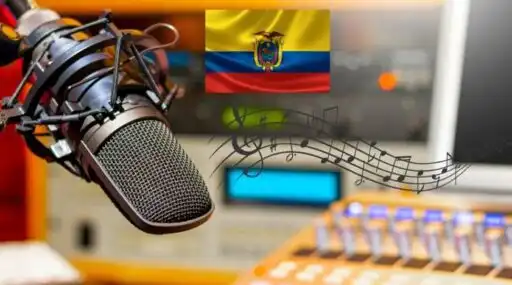
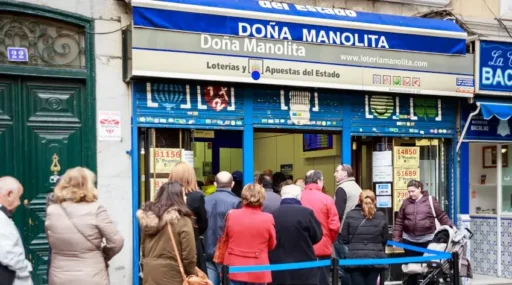
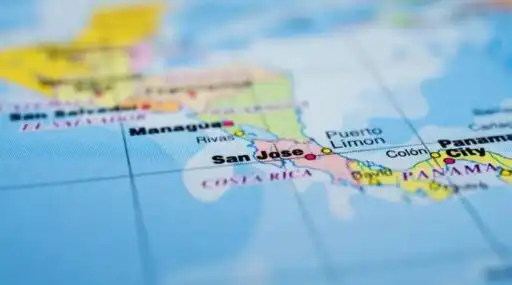

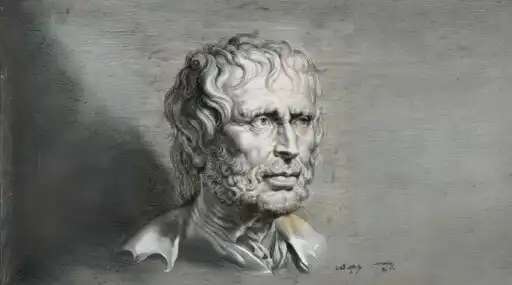

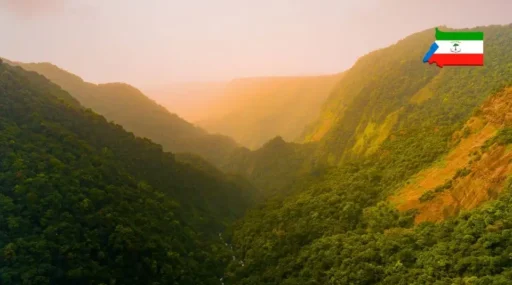
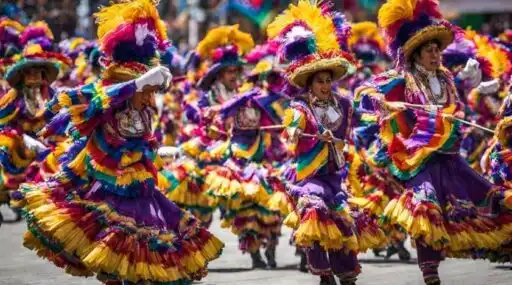
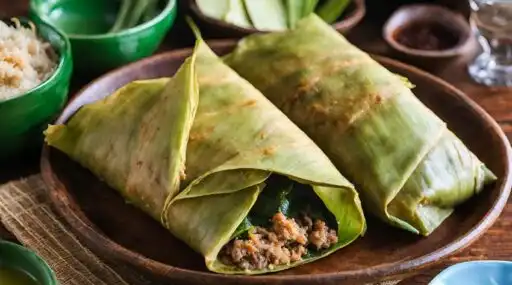

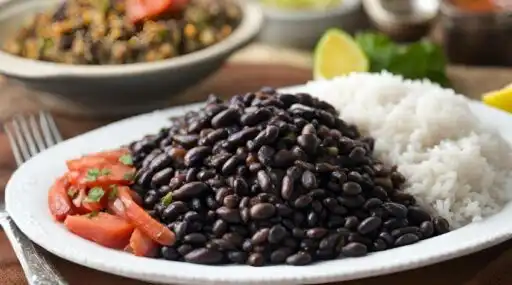
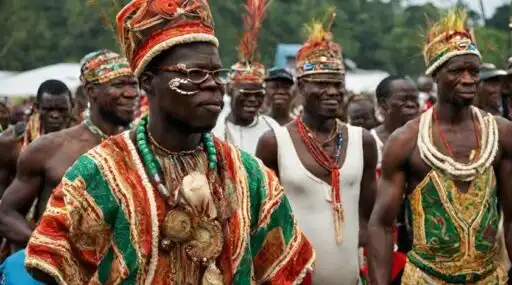
Leave a Reply